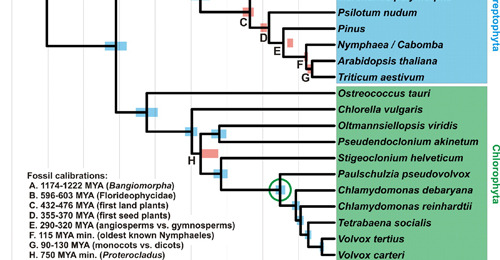
by César Marín:
John Maynard Smith defined a major transition in life as “the major states in complexity evolution that involves a change in the organization level, and therefore in the selection level”. Some examples are the origin of self-replicating molecules, of multicellular organisms, of language, and others. Evolution does not always leads to complexity, but when a meaningful step of complexity is gained, then a major transition occurs. The theoretical problem presented by Maynard Smith is not trivial, because poses the question about on which hierarchical level is natural selection acting. Just as has been noted by Samir Okasha (Bristol University) in his book Evolution and the levels of selection, if natural selection just acts on one level (the gene or individual), it gives the biological hierarchy for granted: genes and individuals constitute by themselves a major transition, and that complexity requires previous steps.
Multilevel Selection Theory (David Sloan Wilson, Binghmaton University) notes that strength and direction of natural selection may vary in the biological hierarchy. This explains that some locally disadvantageous traits, are advantageous on a superior level. Cooperation emerges when the strength of selection is bigger on a superior level. Darwin noted this in The Descent of Man, pointing that a highly moral behavior is individually disadvantageous, but that a tribe with highly moral individuals wins against not so moral tribes. Colonial organisms are those free life cells that when environmental conditions are bad, join together and form a highly integrated colony, being a multicellular organism temporarily. Such a merge implies a high degree of specialization, and indeed some cells reproduce less that in the unicellular form. Other cells just totally die. Altruism and cooperation are rapidly expressed, showing in vivo the process that could have taken place billions of years ago in the transition from single cells to multicellular organisms.
Volvocales order (green algae) is an example of colonial organisms, where integration varies largely: from four cells in some genres up to 500 cells or more in genres such as Volvox. This genres have different degrees of specialization, integration, coordination and development. How do groups become individuals? Richard Michod from Arizona University has built the molecular phylogeny of Volvocales, showing that an early cooperation, mediation and conflict cycle started 200 million years ago. His discoveries show that, initially, grouped cells had to have an advantage against solitary cells, then reproductive altruism emerges, meaning that some cells stop their reproduction in order to help other cells (usually related) reproduce and then cell specialization arrives, being the last step of the process. Bigger groups of Volvocales cells are in the whole phylogeny and indeed the altruism traits, meaning that cooperation and altruism have independently appear in the evolutionary history of the order. Even an altruism gene was identified in 2006; this gene was in a solitary ancestor and was mediated by an environmental signal, and now it is found in social algae and is mediated by a spatial signal. Under a microscope and within few hours, it could be observed how cooperation, altruism and natural selection in the group level have allowed the emergence of an important major transition: the origin of multicellular organisms.
